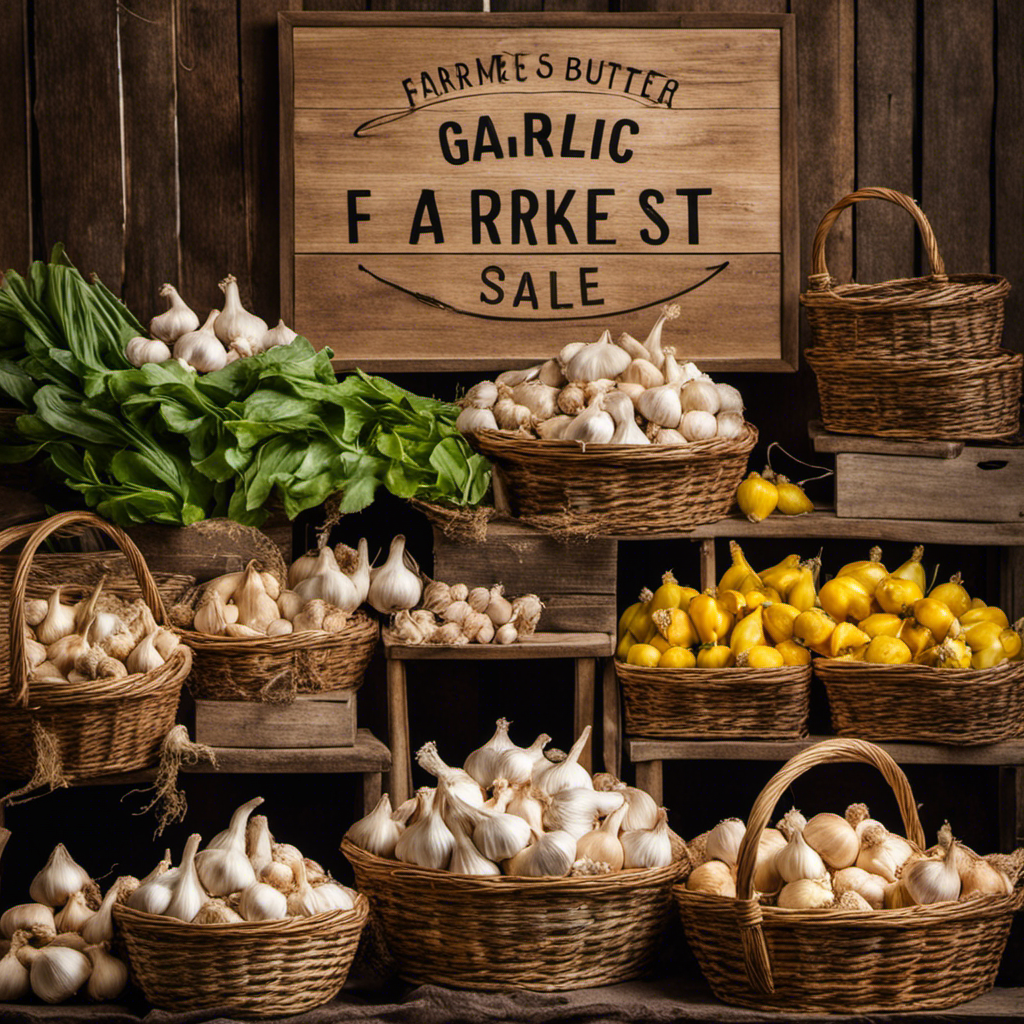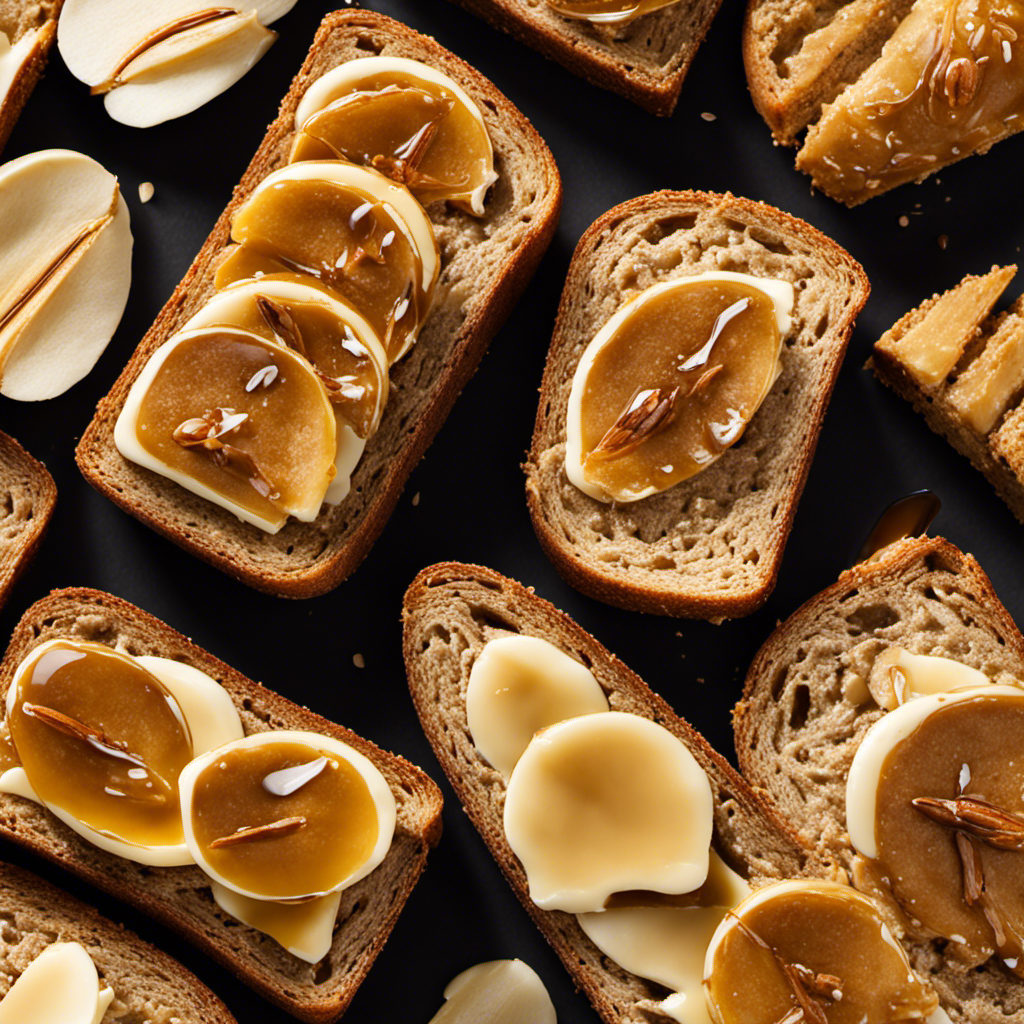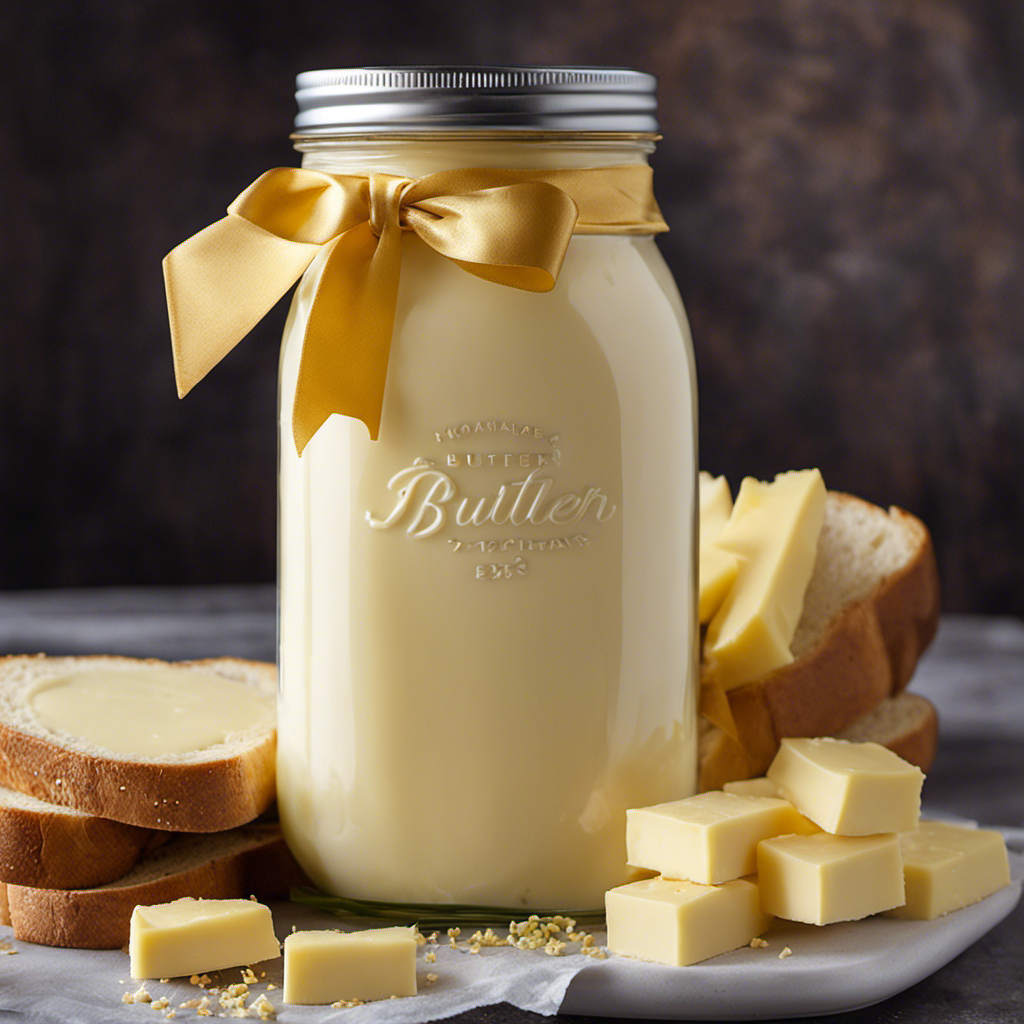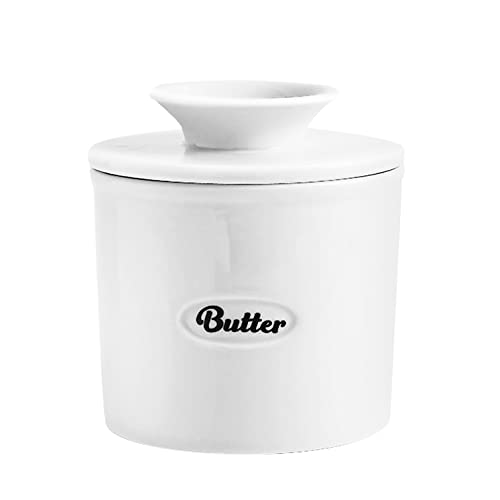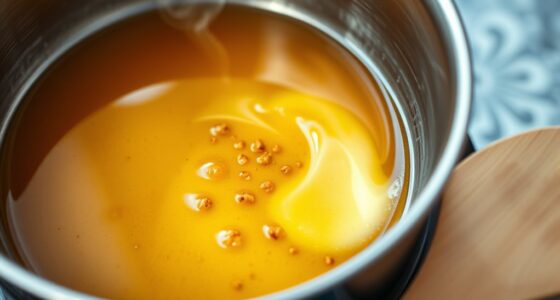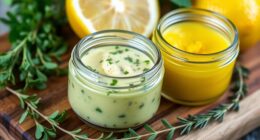I’m totally obsessed with coconut butter! Its luxurious, creamy texture, and the wonderful tropical taste it brings to my preferred recipes are unbeatable. If you share my passion for this irresistible condiment, you might be curious about where to get your hands on it.
Well, fear not! I’ve done the research for you, and in this article, I’ll share the best places to buy coconut butter. From local health food stores to online retailers, specialty grocery stores to farmer’s markets, I’ve got you covered.
Let’s dive in and satisfy our coconut cravings together!
Key Takeaways
- Local health food stores, specialty grocery stores, farmer’s markets, and online retailers are all options for purchasing coconut butter.
- Co-ops offer benefits such as access to local options and a community-oriented shopping experience.
- Health and wellness shops are another option for finding coconut butter.
- In summary, coconut butter can be bought from co-ops, supermarkets, health and wellness shops, online retailers, and farmer’s markets.
Local Health Food Stores
You can find coconut butter at your local health food store. These stores specialize in providing a wide range of healthy and organic products, including coconut butter.
Local health food stores are a great place to find high-quality coconut butter that is free from additives and preservatives. They often source their products from reputable suppliers and prioritize offering organic and sustainable options.
In addition to finding coconut butter, shopping at local health food stores has many benefits. Firstly, you are supporting local businesses and the local economy.
Secondly, these stores often have a wider variety of products compared to conventional supermarkets.
Lastly, some health food stores even offer discounts and loyalty programs, making it more affordable for you to incorporate coconut butter into your diet.
Online Retailers
When searching for online retailers, it’s important to find a trusted source for purchasing this popular product. Coconut butter has gained popularity due to its numerous health benefits and versatile uses in cooking and baking.
To find the best deals and ensure you’re getting a quality product, it’s essential to compare prices and look for discounts offered by reputable online retailers. Many websites offer discounts on bulk purchases or have special promotions, so it’s worth taking the time to explore different options.
Additionally, reading customer reviews and checking for certifications like organic or fair trade can help you make an informed decision. By utilizing these strategies, you can find the best online retailer for coconut butter, ensuring both quality and affordability.
Specialty Grocery Stores
To find specialty grocery stores that offer a wide range of unique and hard-to-find food items, consider exploring local markets and independent retailers in your area.
These local grocery stores often have a curated selection of products that cater to different tastes and dietary preferences. When it comes to popular brands, many specialty grocery stores stock a variety of options to meet consumer demands. They understand the importance of offering high-quality products from reputable companies that customers trust.
These stores are committed to providing an exceptional shopping experience, with knowledgeable staff who can guide you in making informed choices. So, if you’re looking for specific items like coconut butter, these local grocery stores are a great place to start your search. You may be surprised by the wide selection of products they have to offer.
Farmer’s Markets
When it comes to finding local coconut butter options, farmer’s markets are a hidden gem. Not only do these markets offer a wide range of local and organic products, but they also provide an opportunity to support local farmers and businesses.
Additionally, farmer’s markets often have the best deals on coconut butter, allowing you to save money while enjoying a high-quality product.
Local Coconut Butter Options
You can find local options for coconut butter at your nearest farmers market or health food store. Local markets are a great place to explore homemade options for coconut butter.
Many small-scale producers offer their own homemade coconut butter, made from fresh coconuts sourced locally. These homemade options provide a unique and authentic taste that you won’t find in store-bought versions. Additionally, purchasing from local markets supports the local economy and promotes sustainable farming practices.
You can talk directly to the producers, ask questions about their process, and even sample different varieties of coconut butter.
Benefits of Farmer’s Markets
After exploring local options for coconut butter, let’s now dive into the benefits of shopping at farmer’s markets. These vibrant community hubs are a treasure trove of fresh produce and an excellent way to support local farmers. Here are four reasons why farmer’s markets are worth considering:
-
Freshness: At farmer’s markets, you can find the freshest and highest quality fruits, vegetables, and other products directly from the farmers themselves. The produce is often harvested just hours before being sold, ensuring optimal flavor and nutritional value.
-
Locally sourced: By shopping at farmer’s markets, you are directly supporting local farmers and their families. This contributes to the sustainability of local agriculture, helps preserve farmland, and strengthens the local economy.
-
Seasonal variety: Farmer’s markets offer a diverse array of produce that changes with the seasons. This encourages you to try new fruits and vegetables, expanding your culinary horizons and supporting biodiversity.
-
Community connection: Farmer’s markets provide a unique opportunity to connect with local farmers, artisans, and fellow community members. It fosters a sense of belonging and allows you to learn about the food you eat directly from the people who grow it.
Now that we’ve explored the benefits of farmer’s markets, let’s move on to the next section, where we’ll uncover tips for finding the best deals on coconut butter.
Finding the Best Deals
To get the best deals at farmer’s markets, it’s important to compare prices and quality of the various vendors. Finding discounts and comparing prices can help you save money while still getting the best quality products.
When you first arrive at the market, take a walk around and see what each vendor has to offer. Look for signs or special deals that indicate discounts or promotions. Don’t be afraid to ask the vendors if they have any discounts available, as sometimes they may not be clearly advertised.
Additionally, take the time to compare prices between vendors to ensure you are getting the best deal. By being proactive and comparing prices, you can find great discounts and save money at farmer’s markets.
Now, let’s transition into the subsequent section about natural food co-ops.
Natural Food Co-ops
When it comes to natural food options, Co-ops offer numerous benefits that are worth considering.
These community-owned stores provide a wide range of organic and locally sourced products, promoting sustainable farming practices and supporting local farmers.
Finding local Co-ops can be easily done through online directories or by asking for recommendations from friends and neighbors.
While supermarkets may offer convenience and variety, Co-ops prioritize quality and transparency in their products, making them a great alternative for those seeking healthier and more ethical food options.
Benefits of Co-Ops
One of the benefits of co-ops is that they allow individuals to have direct control over the products they buy. Shopping at a co-op offers numerous advantages, particularly when it comes to supporting local businesses and communities. Here are four reasons why co-ops are beneficial:
-
Local Economic Support: By shopping at a co-op, you are directly supporting local farmers, artisans, and producers. This helps to boost the local economy and create jobs in your community.
-
High-Quality Products: Co-ops often prioritize sourcing organic, sustainable, and locally produced goods. This means you can find high-quality products that are better for your health and the environment.
-
Community Engagement: Co-ops often host educational workshops, events, and community initiatives. This fosters a sense of community and allows individuals to connect with like-minded people.
-
Member Control: Co-op members have a say in the decision-making process, including what products are stocked and how the co-op operates. This gives you a sense of ownership and control over the products you buy.
Shopping at a co-op not only benefits you but also your local community.
Now, let’s explore how to find local options for buying coconut butter.
Finding Local Options
If you’re looking for local options, you can easily find co-ops in your area that offer a variety of products. Co-ops, short for cooperative, are community-owned stores that prioritize local and sustainable products. They provide an excellent alternative to supermarkets, allowing you to support local farmers and businesses.
When you shop at a co-op, you can find fresh produce, dairy products, meats, and even handmade crafts. One of the benefits of co-ops is that they often have a direct relationship with the farmers, ensuring that you get the freshest and highest quality products available. Additionally, co-ops tend to have a focus on organic and environmentally friendly options, making it easier for you to make healthier choices.
Transitioning into the subsequent section about ‘co-op vs supermarket’, let’s explore the differences between these two options.
Co-Op Vs Supermarket
Let’s compare the benefits of shopping at a co-op versus a supermarket. When it comes to supporting the local community, a co-op has the upper hand. Here are four reasons why:
- Local Co-op Advantages:
- Community Support: By shopping at a co-op, you directly support local farmers, artisans, and producers.
- Fresh and Organic: Co-ops prioritize offering fresh, locally sourced, and organic products, promoting a healthier lifestyle.
- Sustainable Practices: Co-ops often focus on reducing waste, using environmentally friendly packaging, and supporting sustainable farming practices.
- Sense of Community: Shopping at a co-op creates a sense of belonging and fosters connections with like-minded individuals who care about their community.
On the other hand, supermarkets have some drawbacks:
- Limited Local Selection: Supermarkets often prioritize convenience and may not offer as wide a selection of local products.
- Lower Quality: Supermarkets may prioritize profit over quality, resulting in products that are not as fresh or sustainably sourced.
Health and Wellness Shops
You can find coconut butter at health and wellness shops. These specialized stores cater to individuals who are conscious about their health and strive to incorporate nutritious and natural foods into their diet.
Health food cafes, which are often found within these shops, offer a wide range of healthy and delicious options for those looking to improve their overall well-being.
In addition to finding coconut butter ready-made and packaged, health and wellness shops are also a great place to find the ingredients needed to make homemade coconut butter. These stores typically carry high-quality organic coconuts, coconut oil, and other necessary ingredients, making it easy for you to create your own homemade coconut butter that is free from additives and preservatives.
Frequently Asked Questions
Are There Any Specific Health Benefits Associated With Consuming Coconut Butter?
There are specific health benefits associated with consuming coconut butter. It is rich in healthy fats, which can support weight loss and heart health. It also contains lauric acid, which has antimicrobial and antiviral properties.
Can Coconut Butter Be Used as a Substitute for Other Types of Butter or Oil in Recipes?
Yes, coconut butter can be used as a substitute for other types of butter or oil in recipes. It adds a rich, creamy texture and a subtle coconut flavor. Try using it in baking, cooking, or as a spread.
What Is the Shelf Life of Coconut Butter and How Should It Be Stored?
The shelf life of coconut butter can vary, but it is usually around 1-2 years. To ensure its freshness, store it in a cool, dry place away from direct sunlight.
Are There Any Variations in Taste or Texture Between Different Brands of Coconut Butter?
Taste variations and texture differences can exist between different brands of coconut butter. Factors like the quality of coconuts used, processing methods, and added ingredients can all contribute to these variations.
Can Coconut Butter Be Used in Skincare or Beauty Routines?
Coconut butter is a versatile ingredient that can be used in skincare and haircare routines. Its moisturizing properties make it a great natural alternative. I’ve found coconut butter to be nourishing and beneficial for both my skin and hair.
Conclusion
In conclusion, when it comes to finding coconut butter, options abound. Whether you prefer the convenience of online shopping or the personalized experience of browsing through local health food stores, there are numerous avenues to explore.
Specialty grocery stores, farmer’s markets, natural food co-ops, and health and wellness shops all offer their own unique selection of coconut butter. So whether you’re a health-conscious individual or a food enthusiast looking to experiment with new flavors, rest assured that you’ll find what you’re looking for.

